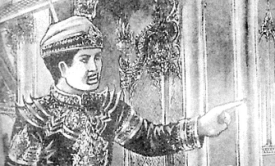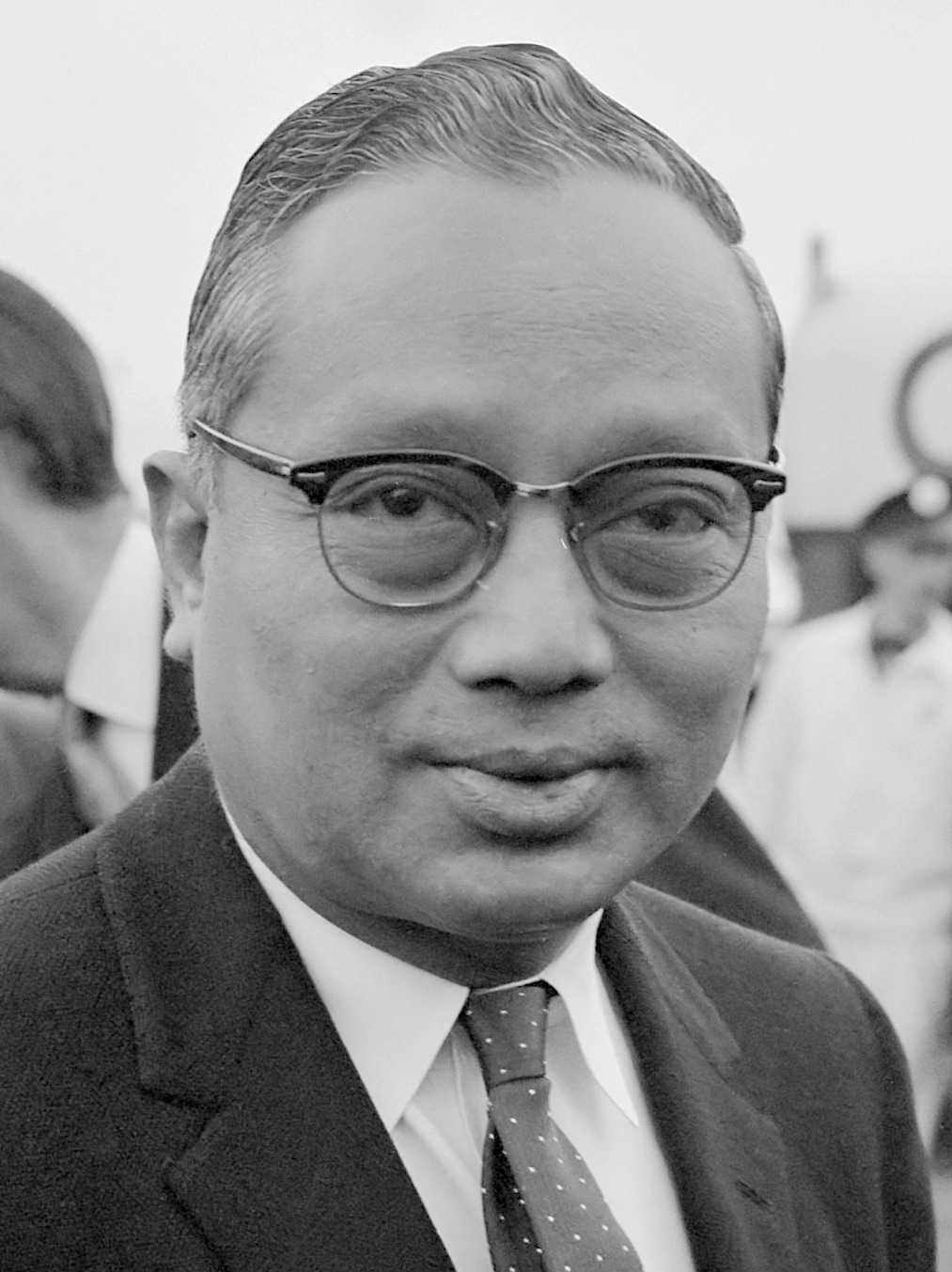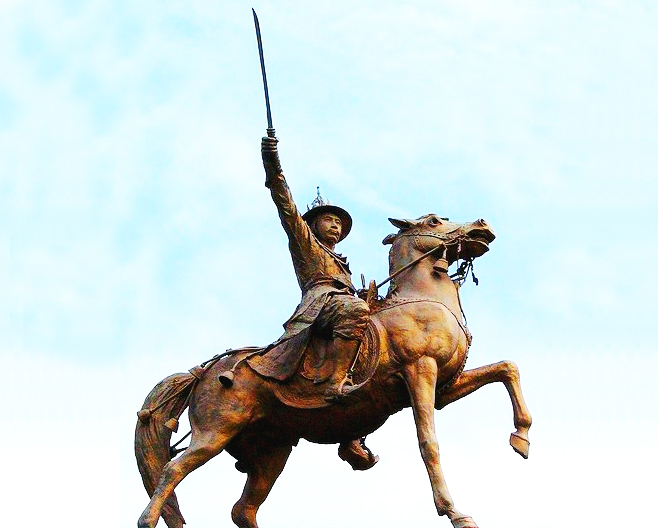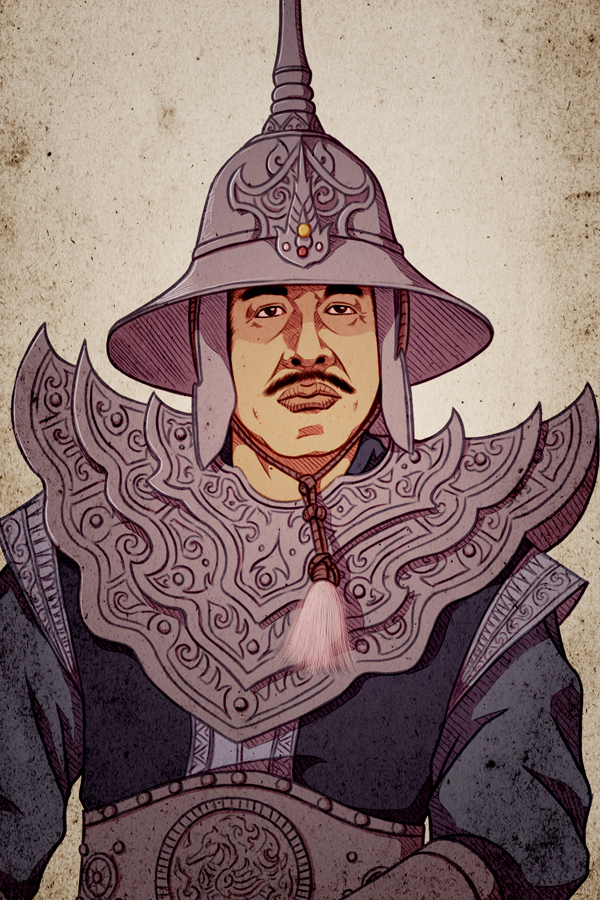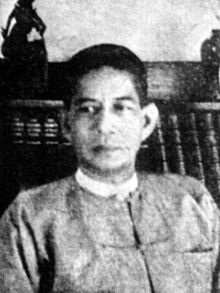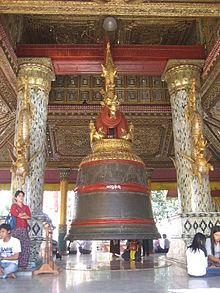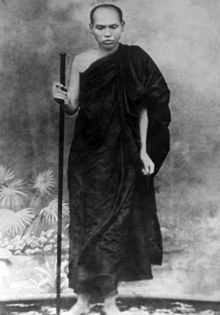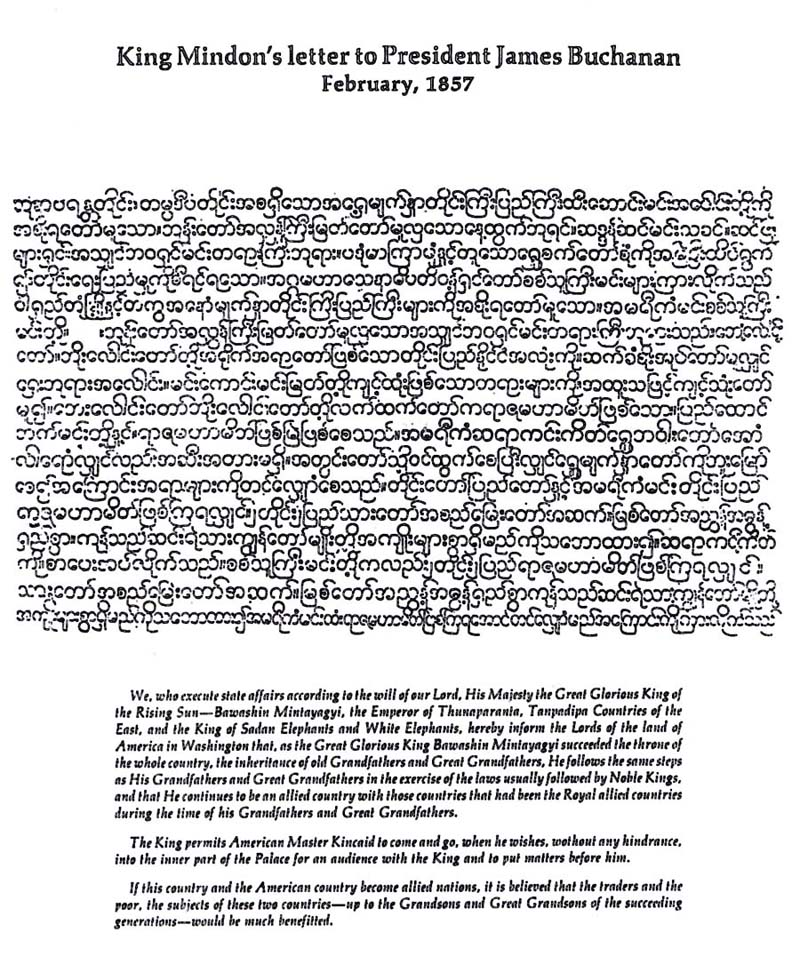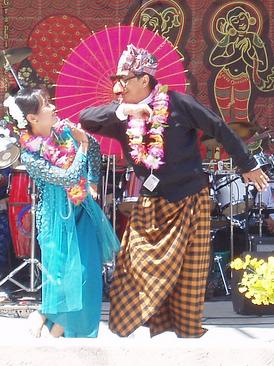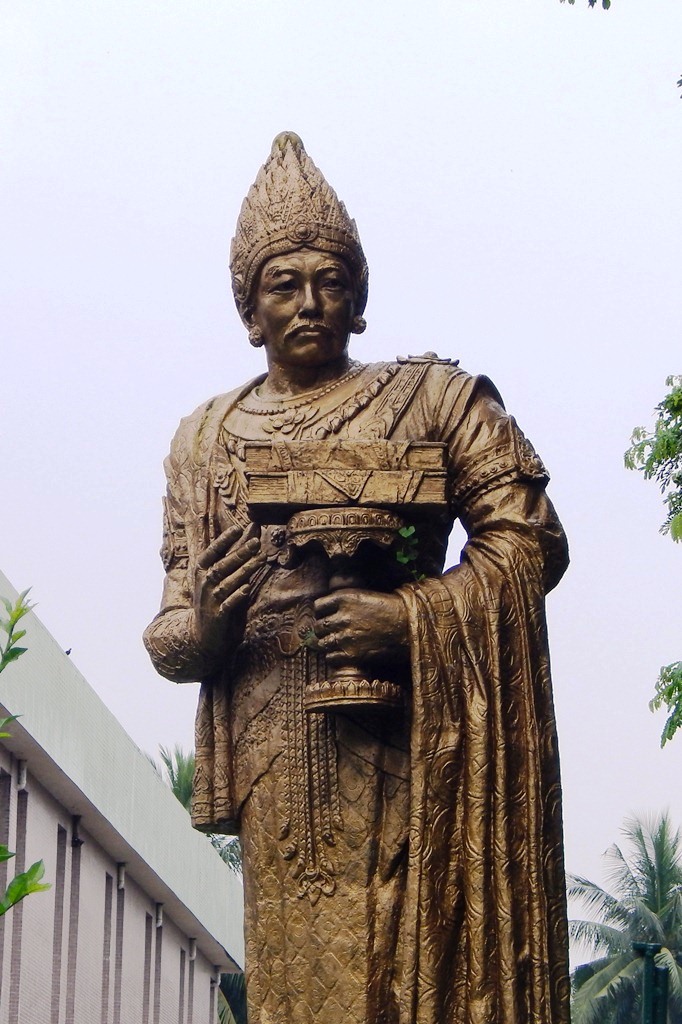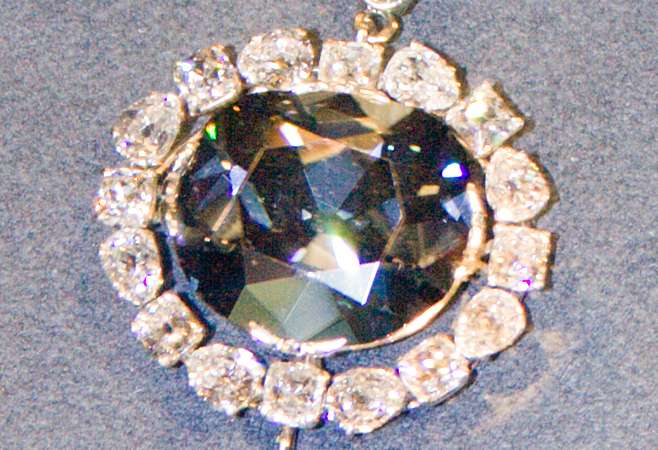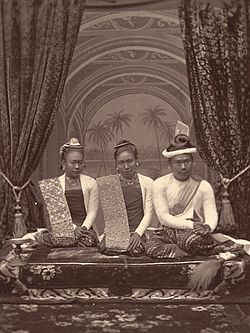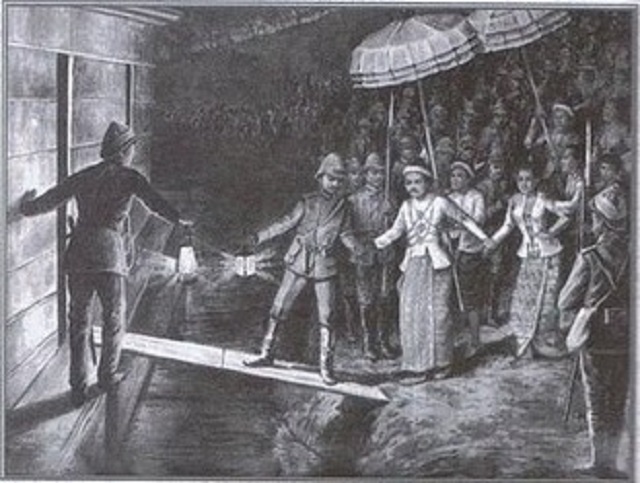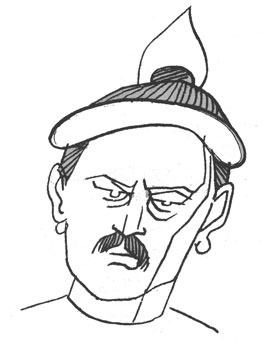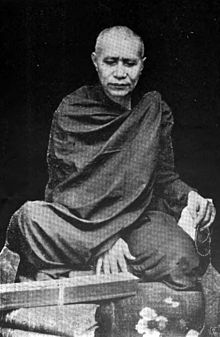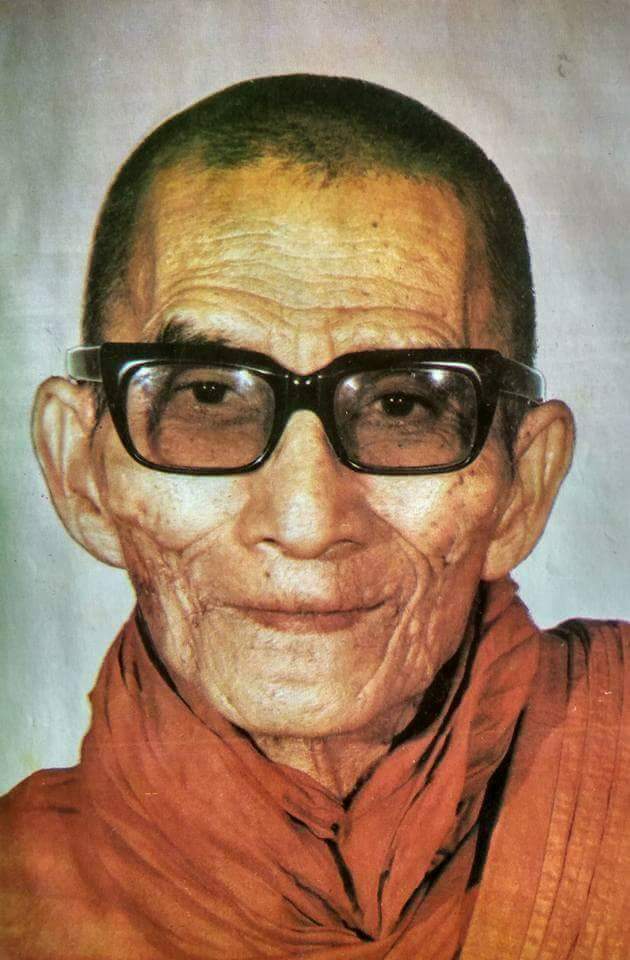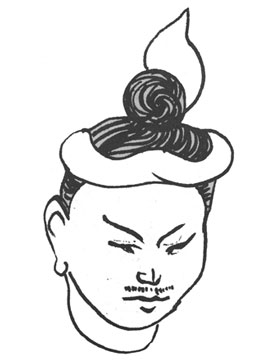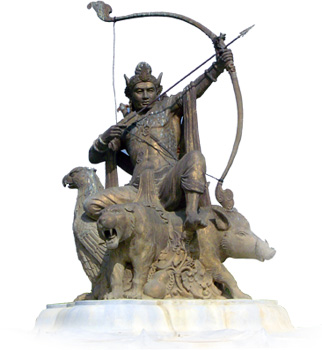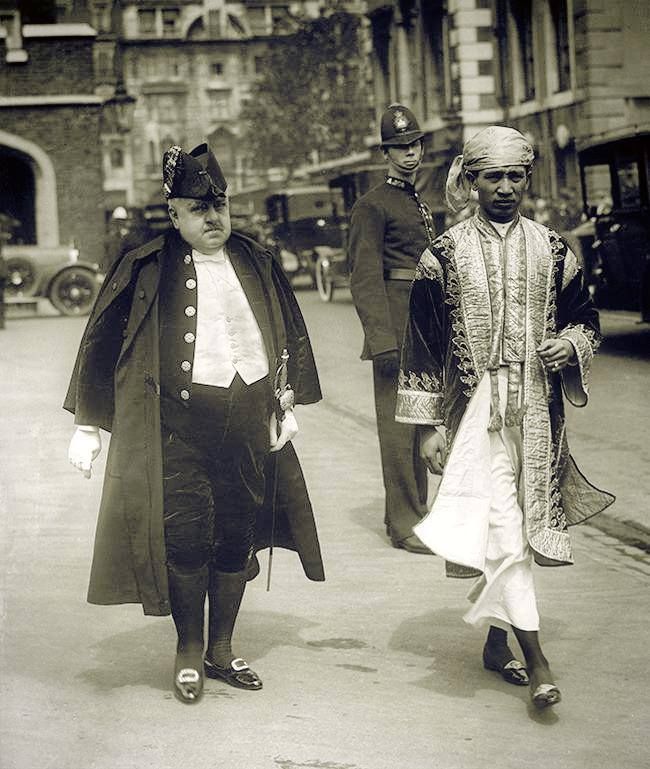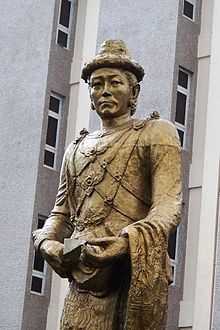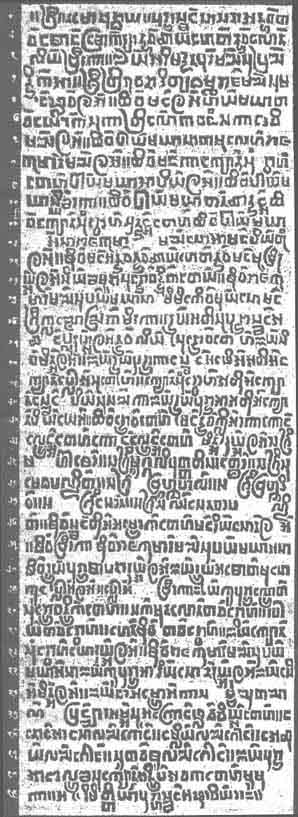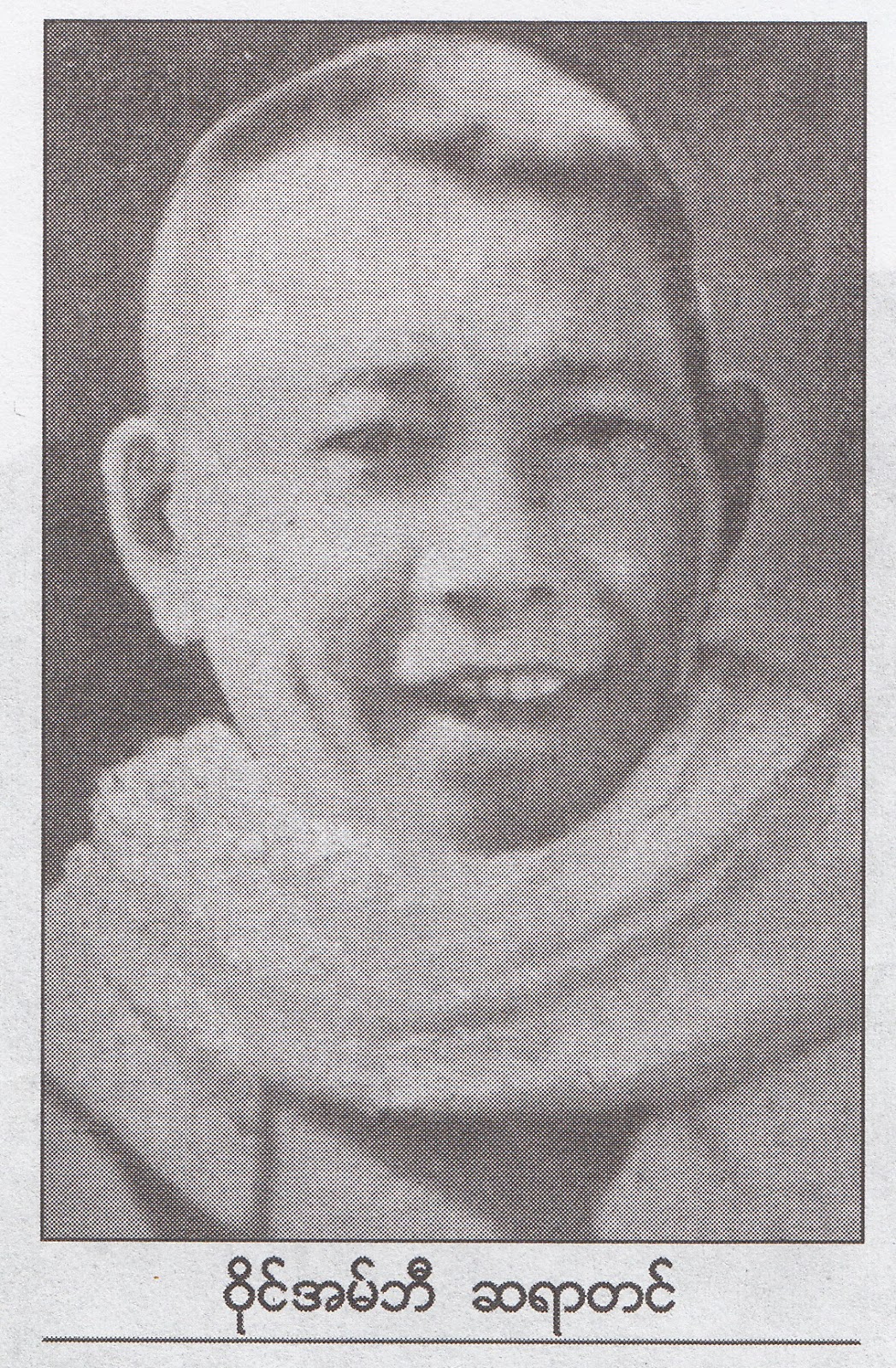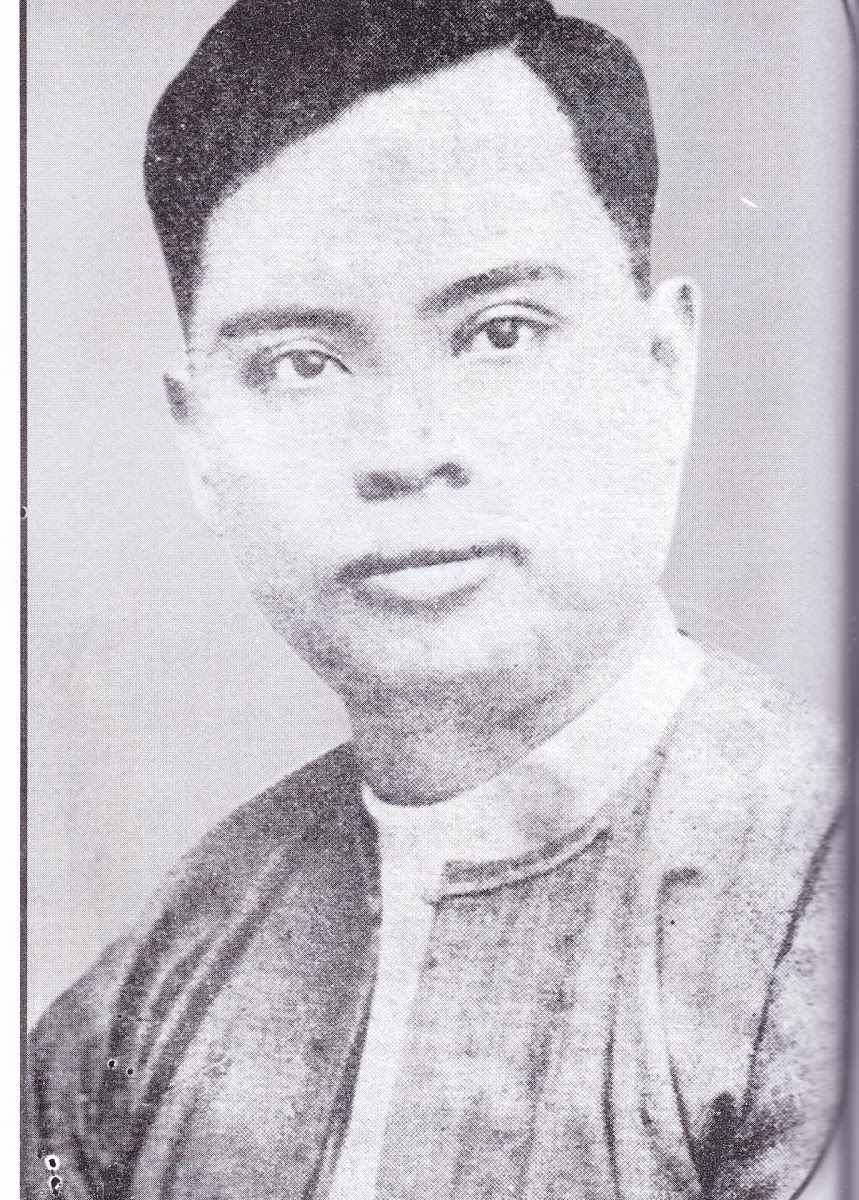Myanmar History

Myanmar has a long and complex history. Many peoples have lived in the region and the history began. The first identifiable civilization is that of the Mon. The Mon probably began migrating into the area in about 300 BC, and their first kingdom Suwarnabhumi, was founded around the port of Thaton in about 300 BC. The Pyu arrived in Myanmar in the 7th century and established city kingdoms at Binnaka, Mongamo, Sri Ksetra, and Halingyi. During this period, Myanmar was part of an overland trade route from China to India. By 849, the Burmans had founded a powerful kingdom centered on the city of Bagan and filled the void left by the Pyu. The kingdom grew in relative isolation until the reign of Anawrahta (1044 - 77) who successfully unified all of Myanmar by defeating the Mon city of Thaton in 1057.

After the collapse of Bagan authority, Myanmar was divided once again. The Burmans had restablished themselves at the city of Ava by 1364, where Bagan culture was revived and a great age of Burmese literature ensued. The kingdom lacked easily defendable borders, however, and was overrun by the Shan in 1527. Surviors of the destruction of Inwa eventually established a new kingdom centered on Taungoo in 1531 led by Tabinshwehti (reigned 1531-50), who once again unified most of Myanmar. A popular Burmese leader named Alaungpaya drove the Bago forces out of northern Myanmar by 1753, and by 1759 he had once again conquered Pegu and southern Myanmar while also regaining control of Manipur. He established his capital at Rangoon, now known as Yangon. Myanmar was known to the West ever since western explorers had heard of it. Marko Polo was the earliest known westerner who discovered Myanmar and introduced to the West.
We have 118 guests and no members online
British Army in Burma 1945
- Details
- Last Updated: 14 November 2018
Soldiers remove their shoes while they visit a pagoda in Rangoon, 13 May 1945.
King Nanda
- Details
- Last Updated: 15 November 2018
Photo Credit - www.asiaobserver.org
King Nanda was the king of the Taungoo dynasty of Myanmar whose reign (1581-99) ended with the dismemberment of the empire established by his father. Bayinnaung. Upon coming to the throne. Nanda Bayin was faced with a rebellion of his uncle. the viceroy of Inwa. whom he defeated three years later. In December 1584 Nanda Bayin marched into Siam. which had been a vassal of his father. to subjugate the Siamese patriot Naresuan.
Chief Minister Kinwun Mingyi & Delegation to Britain
- Details
- Last Updated: 15 November 2018
U Thant, United Nations' Secretary General
- Details
- Last Updated: 15 November 2018
U Thant, who filled in as Secretary-General of the United Nations from 1961 to 1971. was going the world body when Secretary-General Dag Hammarskjold was murdered in an air crash in September 1961.
General Maha Bandoola
- Details
- Last Updated: 15 November 2018
General Maha Bandoola (1824-1826) was one of Myanmar's brave general who fought against the British in the First Anglo-Myanmar War. In 1819 Maha Bandoola served in the Myanmar army occupying Manipur. and two years later he commanded a second Myanmar force in the conquest of Assam. King Bagyidaw subsequently appointed him governor of Assam and minister at the court of Inwa.
King Binnya Dala
- Details
- Last Updated: 05 December 2021
Photo Credit - www.zayplay.com
King Binnya Dala (1747-57) was the last king of Bago in southern Myanmar. whose independence from the northern Myanmars was revived briefly between 1740 and 1757. In 1747 Binnya Dala succeeded Smim Htaw Buddhaketi. who had seven years earlier been set up as king of the Mon in the new capital of Bago after their successful revolt against the Myanmars.
Zawgyi(writer)
- Details
- Last Updated: 15 November 2018
Photo credit - www.wikipedia.org
Zawgyi (Burmese: ဇော်ဂျီ, conceived Thein Han (သိန်းဟန်, 12 April 1907 - 26 September 1990) was a recognized and driving Burmese artist, creator, abstract history specialist, commentator, researcher and scholastic.
King Tharyarwaddy
- Details
- Last Updated: 15 November 2018
Photo Credit - www.wikipedia.org
King Tharyarwaddy (A.D. 1837-1846) was the eighth king of the Alaungpaya. or Konbaung. dynasty of Myanmar. who repudiated the Treaty of Yandabo and nearly brought about a war with the British. Tharyarwaddy in 1837 deposed his brother Bagyidaw (reigned 1819-37). who had been obliged to sign the humiliating treaty that ceded the provinces of Arakan and Tenasserim to the British.
Ludu Daw Amar
- Details
- Last Updated: 15 November 2018
Portrait of Ludu Daw Amar in her youth
Ledi Sayadaw
- Details
- Last Updated: 14 November 2018
Photo Credit - www.wikipedia.org
Ledi Sayadaw U Ñanadhaja (Burmese: လယ်တီဆရာတော် ဦးဉာဏဓဇ, 1 December 1846 – 27 June 1923) was a compelling Theravada Buddhist friar. He was perceived from a youthful age as being produced in both the hypothesis (Abhidharma) and routine of Buddhism as was respected as being academic.
Letter to U.S. President James Buchanan, 1857
- Details
- Last Updated: 17 June 2019
U Shwe Yoe @ U Ba Ga Lay
- Details
- Last Updated: 15 November 2018
Photo Credit - www.wikipedia.org
U Shwe Yoe's original name was U Ba Ga Lay. He was a pioneer famous Cartoonist. Actor. Comedian and Dancer. U Ba Ga Lay invented Myanmar's most famous Dance and Character known as U Shwe Yoe. He was born in 1893. Pathein. the delta region of Myanmar. His parents were U Pho Thi and Daw Thae Mhone. both were teachers of Pathein High School. He died in 1945 at the age of 52.
King Anawrahta
- Details
- Last Updated: 15 November 2018
Photo Credit - www.wikipedia.org
King Anawrahta (A.D. 1044-1077). also spelled ANIRUDDHA. the first king of all of Myanmar. (reigned 1044-77). who introduced his people to Theravada Buddhism. His capital at Bagan on the Ayeyarwaddy River became a prominent city of pagodas and temples. During his reign Anawrahta united the northern homeland of the Myanmar people with the Mon kingdoms of the south.
The Hope Diamond
- Details
- Last Updated: 15 November 2018
The Hope Diamond in Smithsonian Museum.World's Largest Blude Diamond A Rare but Cursed Treasure.Diamond is the strongest mineral found on earth. Diamond is also the most precious and the most priceless jewel. In Europe. during the middle age. diamonds were assumed to be the reflectors of Jesus Christ. In Myanmar. since many eras ago. diamonds were regarded as the most sacred elements on earth. and were offered to pagodas as the Diamond Orb. located at the topmost of the pagoda.
Vintage Monastery Burma
- Details
- Last Updated: 14 November 2018
Vintage Monastery Burma (Myanmar).
Queen Supayalat
- Details
- Last Updated: 15 November 2018
Queen Supayalat next to King Thibaw Min and her sister Princess Supayagyi
Historical Events of Myanmar
- Details
- Last Updated: 15 November 2018
Photo Credit - www.panglong.org
King Bagyidaw
- Details
- Last Updated: 15 November 2018
Bagyidaw (A.D 1819-1837). king of Myanmar from 1819 to 1837. The seventh monarch of the Konbaung. or Alaungpaya dynasty. he was defeated in the First Anglo-Myanmar War (1824-26).
The First Burmese Embassy
- Details
- Last Updated: 17 June 2019
Photo Credit - www.lostfootsteps.org
Taunggwin Sayadaw
- Details
- Last Updated: 14 November 2018
Photo Credit - www.wikipedia.org
The Taunggwin Sayadaw U Visuddha Silacaraha (တောင်ခွင်ဆရာတော် ဦးဝိသုဒ္ဓ သီလာစာရဟာ) was the last Buddhist friar to hold the workplace as Thathanabaing of Burma. The workplace was annulled after his demise in 1938 and no successor was ever named.
Mingun Sayadaw
- Details
- Last Updated: 14 November 2018
Statue of Mingun Sayadaw
Photo Credit - www.wikipedia.org
King Thibaw
- Details
- Last Updated: 15 November 2018
King Thibaw (A.D. 1881-1885) was the 11th generation of the Konbaung Dynasty. King Thibaw was the last king of the Myanmar Monarch. He became the King of Myanmar in 1881 at the age of 16. He was born a royal prince from the Queen mother named as Queen Laung Shay. He was known to be the youngest prince among all his siblings. But as all the princes were killed in different circumstance. he was the only heir left to the throne of the Konbaung Dynasty.
1994: 36th Infantry in Myanmar
- Details
- Last Updated: 14 November 2018
36th Infantry Division enters the town of Tigyiang during the advance down the Irrawaddy Valley towards Mandalay, Myanmar. 22 December 1944.
King Wareru
- Details
- Last Updated: 15 November 2018
Photo Credit - www.goldentriangel.de
King Wareru (1287-1296) was famous king of Hanthawaddy (Hansavadi. or Bago). who ruled over the Mon people of Lower Myanmar. He was also called Magado or Chao Fa Rua. King Wareru was a Thai adventurer of humble origins who had married a daughter of King Ramkhamhaeng of Sukhothai and had established himself as overlord of Martaban on the Salween River in 1281.
WW II British Troops in Burma
- Details
- Last Updated: 14 November 2018
WW II: British troops in Burma, 1945.
Burmese Representative
- Details
- Last Updated: 17 June 2019
Photo Credit - www.lostfootsteps.org
King Alaungpaya
- Details
- Last Updated: 05 December 2021
Photo Credit - www.wikipedia.org
Curse of Bagan Temples
- Details
- Last Updated: 28 September 2021
Nandawshay Sayar Tin
- Details
- Last Updated: 14 November 2018
Photo Credit - www.moemaka.com
Nandashay Sayar Tin was the most famous Musician and Composer of Myanmar Music history. He was the composer of Myanmar National Anthem. Sayar Tin was born in 1892 at Mandalay.
Theippan Maung Wa
- Details
- Last Updated: 14 November 2018
Theippan Maung Wa
Photo credit - www.wikipedia.org
More in this section...
- Burma old villages 100 years ago
- Chief Minister Kinwun Mingyi & Delegation to Britain
- Chronology of Konbaung Period
- Curse of Bagan Temples
- Historical Events of Myanmar
- History of Myanmar
- Letter to U.S. President James Buchanan, 1857
- Mayan Civilization
- Myanmar Rulers : Kings, Queens, Presidents, and Prime Ministers


